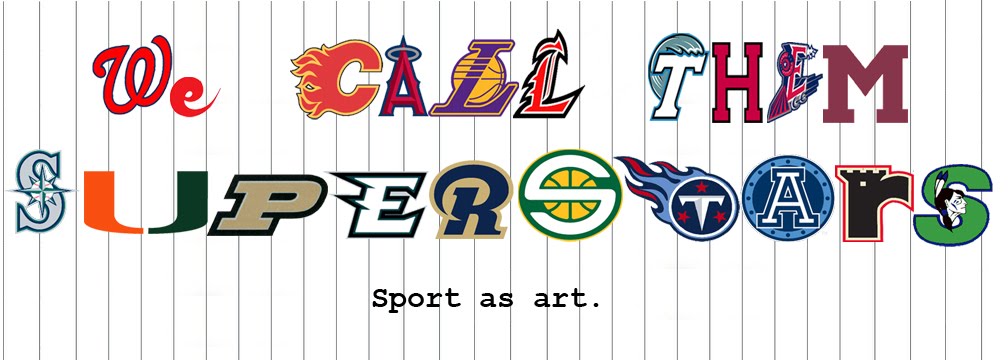Wednesday, June 9, 2010
'Cuz I'm a Dirt
Sunday, April 18, 2010
We've All Got Baggage


Thursday, March 11, 2010
I Like Your Style

Thursday, February 4, 2010
Heats, Shoots, and Works
It is not unheard of for a break in the code to arise. The most infamous instance of this happened in 1997 with what has since been known as The Montreal Screwjob. (I apologize for the repeated Wikipedia references, but honestly, is there really a "credible" source for this sort of thing?) Basically, one guy decided to alter the end of the match prematurely in order to save his own face, effecting the real life and real career of another guy. A shoot forced its way in to a work, forever changing the face of an industry.
I have said before that I am a long time wrestling fan, and find it to be a format of possibilities that are so far from being explored to their limitless potential. I am of the opinion that there are thousands of approaches to a match, an angle, a character, and even a general attitude that are not even on the radar of the bigger companies. There have been some interesting developments in the way of match pacing and creativity of bumps in the on-the-rise Ring of Honor brand, but they still seem stuck in this adrenaline-fuelled EXTREME!! way of doing things that has remained a staple in the industry for more than a decade now. I see something further down the fringe like Kaiju Big Battel as something striving for a new form of presentation. There is definitely less chance of a shoot unexpectedly occurring when Los Plantanos are involved. Watching any episode of RAW, it is evident that the WWE and its audience are pretty far away from embracing the absurdity that is their business to the level that Kaiju has reached.
This is not to say that the big boys of the industry are not finding new ways of telling these stories. The aforementioned biggest break in Kayfabe is finally being reexamined, with Bret Hart making his return to the company that abandoned him more than twelve years ago. It is an approach that has been done before - a shoot that becomes a work; however, in the past it had generally been about something backstage. A female wrestler who may have been involved in a real-life relationship with one of the guys might start dating another, and it becomes an angle where we are not supposed to know where the script ends and the genuine hatred between the two begins. This new storyline is different though, because it was so very, very public. Aside from the screwjob taking place at a PPV event, it was further explored through documentaries, novels, and interviews from all sides. Like I said, this was landmark stuff when it went down.
Those of us who have followed our hero's career post-1997 Montreal, know that the proverbial hatchets between these two men had been buried years ago. Well, not quite all of us. I heard from a source close to the Hart family that Bret received calls from old friends shocked and dismayed that Vince would do such a thing. The way we watched wrestling as kids sticks with some folks, I guess. Anyways, the storyline has advanced over the last couple of weeks, with Vince and his writers attempting to be topical with thinly-veiled references to things like Reitman's Up in the Air. He explained to the hard-working viewer when one must let go of employees like "bubble gum that has lost its flavor" sometimes. If this was not enough to build up heat, he swam further in to the current pop-culture waters by quoting everyone's favorite real-life heel by saying Bret's untimely dismissal was "just business." The Chairman was also put in his place by other wrestlers coming down and supporting Bret and his return. Vince has since double-crossed him once more, (as part of the angle) and the story is building up to an inevitable match between the two.
They will continue to milk the McMahon-as-pure-evil in build up to what will surely take place at the industry's biggest event, Wrestlemania. I am eager to see how it all plays out of course, but in this case it is the unmentioned shoot that should really take precedence. Since 1997, Bret Hart has tragically lost family and friends because of the business, had a stroke and was confined to a wheelchair for an extended period of time. When he finally takes the ring one last time, it will be bigger than any pop, any work, any shoot. It will bring a real form of redemption to someone that has maintained a level of honour and integrity in a world where these attributes are basically unheard of. I can say without any sense of shame that his life story is of great inspiration to myself, and I cannot wait to see him enter the squared circle once more. That is bound to be something really special, no matter what language of wrestling that you speak.
Wednesday, January 6, 2010
Their Game


